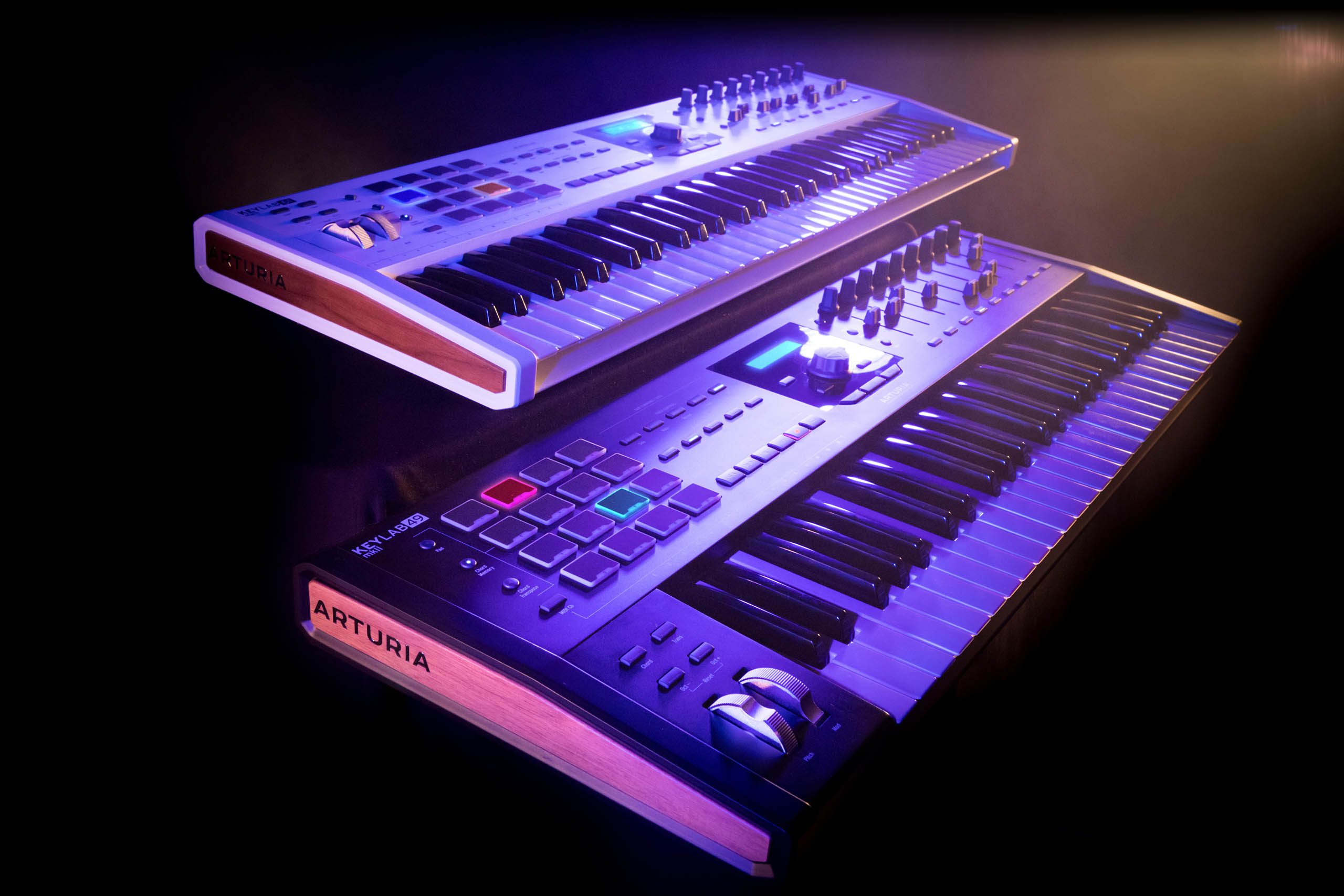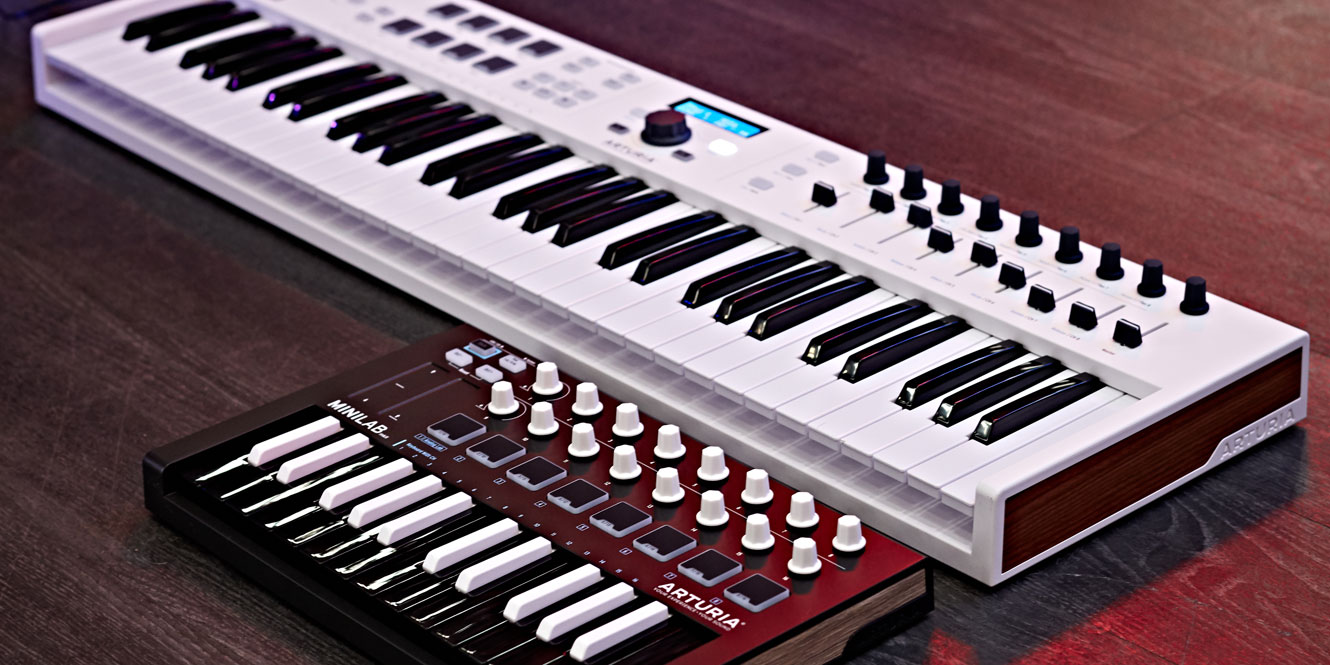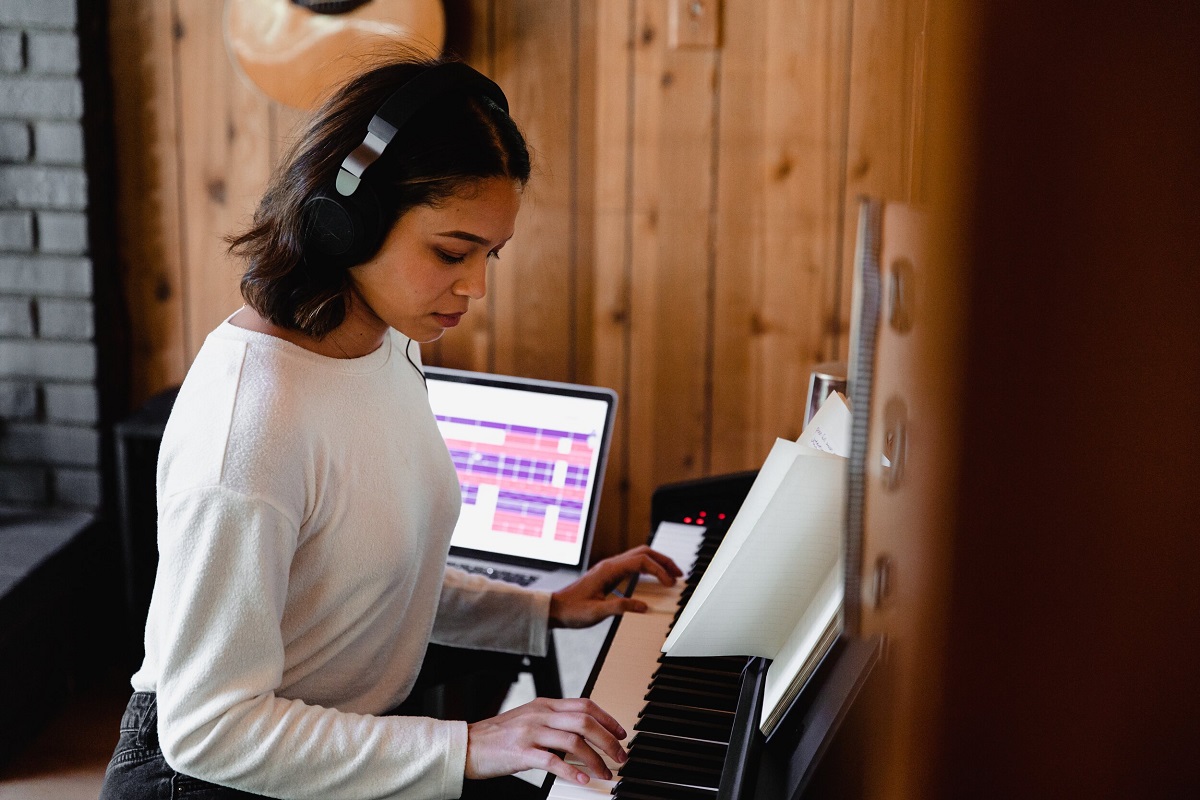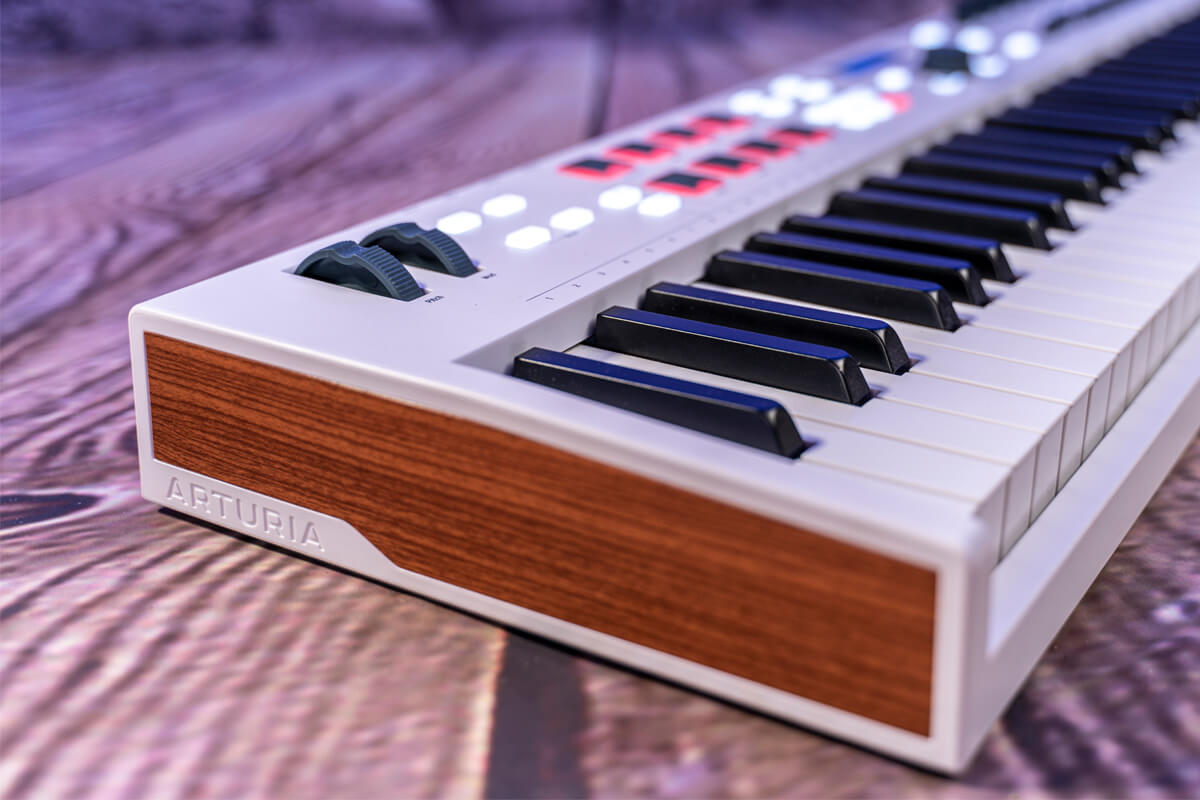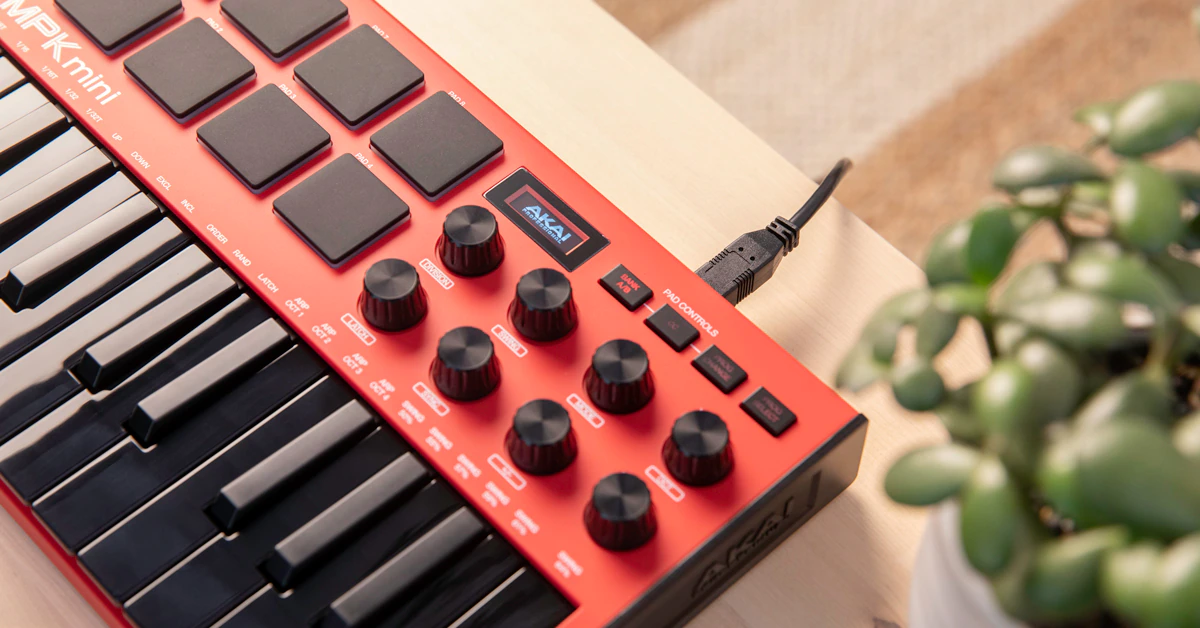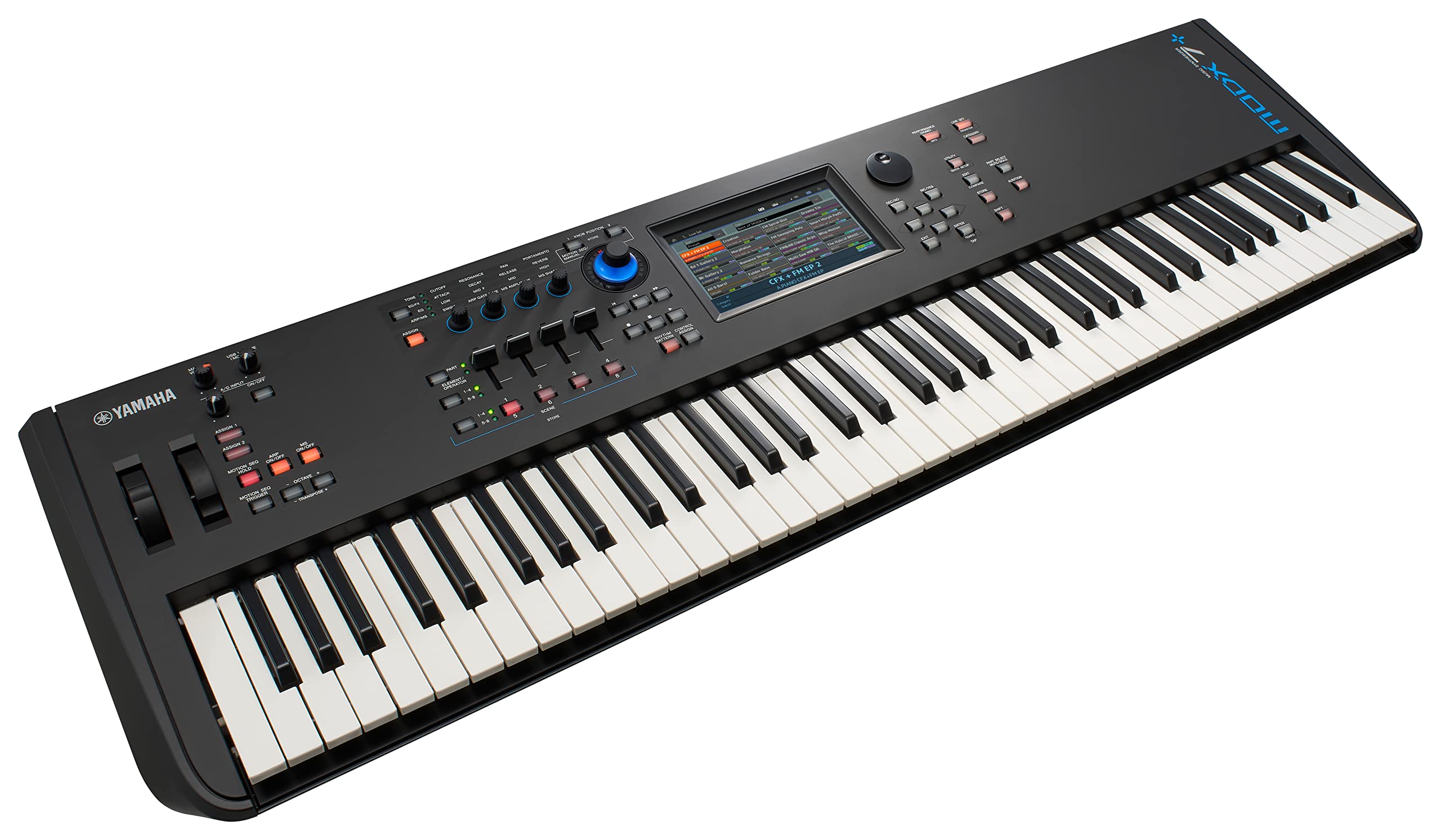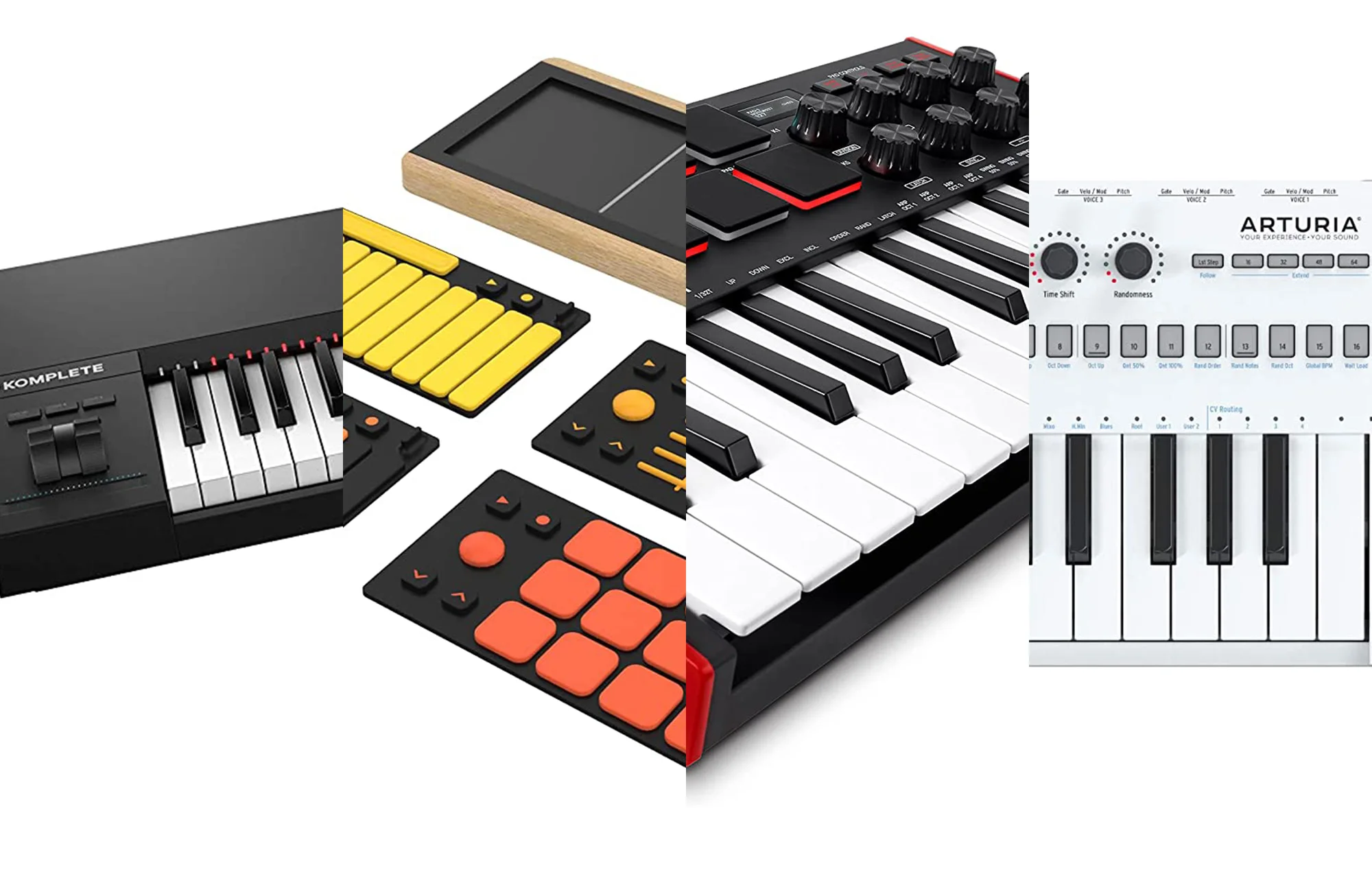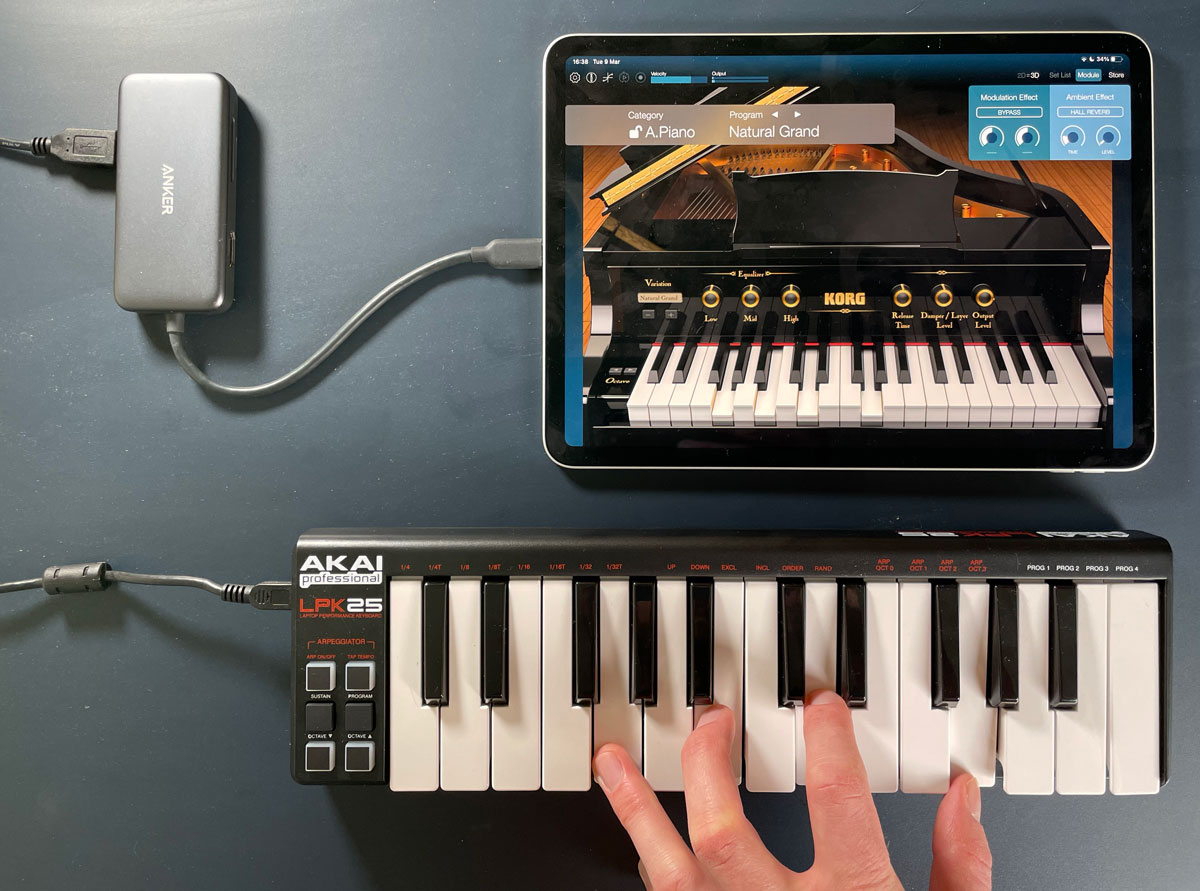Introduction
Welcome to the world of music production and performance with the Arturia MIDI keyboard! This versatile and powerful tool opens up a realm of creative possibilities for musicians, producers, and performers alike. Whether you're a seasoned professional or just starting out, the Arturia MIDI keyboard offers an intuitive and expressive interface for controlling virtual instruments and software synthesizers.
In this guide, we will explore the essential steps to program the Arturia MIDI keyboard, from setting it up to configuring it with your Digital Audio Workstation (DAW) and assigning MIDI controls. Additionally, we will delve into using the Arturia MIDI keyboard with virtual instruments to unleash its full potential in your music production endeavors.
As we embark on this journey, you'll discover how to harness the capabilities of the Arturia MIDI keyboard to bring your musical ideas to life with precision and creativity. Whether you're looking to lay down intricate melodies, craft dynamic rhythms, or manipulate sound parameters in real time, this guide will equip you with the knowledge and skills to make the most of your Arturia MIDI keyboard.
Throughout this tutorial, we'll provide clear and concise instructions, accompanied by practical tips and insights to help you navigate the process seamlessly. By the end of this guide, you'll have a comprehensive understanding of how to program and integrate the Arturia MIDI keyboard into your music production workflow, empowering you to unleash your musical vision with finesse and innovation.
So, without further ado, let's dive into the world of programming the Arturia MIDI keyboard and unlock its full potential as a powerful instrument in your musical arsenal.
Setting Up the Arturia MIDI Keyboard
Before delving into the intricacies of programming the Arturia MIDI keyboard, it’s crucial to ensure that the hardware setup is seamless and optimized for your specific requirements. The initial steps involve connecting the MIDI keyboard to your computer and configuring its basic settings.
1. Physical Connection: Begin by connecting the Arturia MIDI keyboard to your computer using a USB cable. Once connected, ensure that the keyboard is powered on and ready for configuration.
2. Driver Installation: In some cases, you may need to install the appropriate drivers for the MIDI keyboard to establish a stable connection with your computer. Visit the Arturia website or refer to the product manual for detailed instructions on driver installation specific to your operating system.
3. Software Compatibility: Verify that your Digital Audio Workstation (DAW) or music production software recognizes the Arturia MIDI keyboard as a MIDI input device. This step is crucial for seamless integration and control within your preferred software environment.
4. Firmware Update: It’s advisable to check for firmware updates for the Arturia MIDI keyboard to ensure that you have the latest features and optimizations. Visit the official Arturia website or use the Arturia Software Center to update the firmware if available.
5. Testing the Connection: Once the physical and software connections are established, test the MIDI keyboard’s functionality within your DAW. Ensure that key presses, modulation wheels, pitch bend, and other controls are responsive and accurately transmit MIDI data to your software.
By following these initial setup steps, you can lay a solid foundation for programming and utilizing the Arturia MIDI keyboard effectively within your music production environment. A well-configured setup ensures a seamless workflow and allows you to focus on the creative aspects of music composition and performance without technical hindrances.
Configuring the MIDI Keyboard with DAW
Configuring the Arturia MIDI keyboard with your Digital Audio Workstation (DAW) is a pivotal step in unleashing its full potential as a control interface for your music production software. Whether you’re using industry-standard DAWs such as Ableton Live, FL Studio, Logic Pro, or any other software, integrating the MIDI keyboard seamlessly enhances your creative workflow.
1. MIDI Input Setup: Access the preferences or settings menu in your DAW and navigate to the MIDI or Control Surfaces section. Ensure that the Arturia MIDI keyboard is recognized as a MIDI input device. Most modern DAWs automatically detect and configure MIDI devices, simplifying the setup process.
2. MIDI Mapping: Many DAWs offer MIDI mapping functionality, allowing you to assign various controls on the MIDI keyboard to specific parameters within your software. This feature enables you to customize the behavior of knobs, sliders, and buttons on the MIDI keyboard to interact with virtual instruments, effects, and mixer controls in your DAW.
3. Control Surface Integration: Some DAWs provide dedicated control surface integration for popular MIDI keyboards, including the Arturia range. This integration enhances the user experience by offering pre-configured mappings and visual feedback on the DAW interface, aligning the MIDI keyboard’s controls with the software’s functions seamlessly.
4. Expression and Modulation Assignment: Utilize the MIDI keyboard’s modulation wheels, pitch bend, and aftertouch capabilities to assign expressive parameters within your DAW. This allows for nuanced control over virtual instrument articulations, dynamics, and timbral variations, adding a human touch to your music productions.
By configuring the MIDI keyboard with your DAW, you establish a direct and intuitive link between your physical controller and the digital realm of music production. This integration empowers you to interact with your software in a tactile and dynamic manner, fostering a more immersive and expressive music-making experience.
Assigning MIDI Controls
Assigning MIDI controls on the Arturia MIDI keyboard is a fundamental aspect of tailoring its functionality to suit your specific music production and performance needs. Whether you’re aiming to manipulate virtual instrument parameters, control mixer settings, or trigger software functions, the MIDI control assignment process empowers you to customize the keyboard’s interface to align with your creative vision.
1. Parameter Mapping: Begin by accessing the MIDI control assignment or mapping interface within your DAW. This interface allows you to establish a direct link between the physical controls on the Arturia MIDI keyboard, such as knobs, sliders, and buttons, and the software parameters you intend to manipulate.
2. Instrument Articulation Control: When working with virtual instruments, assign MIDI controls on the keyboard to parameters such as filter cutoff, resonance, envelope settings, and LFO modulation. This enables real-time manipulation of sound characteristics, facilitating expressive and dynamic performances.
3. Mixer and Effects Control: For mixing and mastering tasks, allocate MIDI controls to adjust track levels, pan positions, and send effects parameters within your DAW. This streamlines the mixing process and provides hands-on control over the sonic balance of your music productions.
4. Macro Control Assignment: Some DAWs offer macro controls, allowing you to map multiple software parameters to a single control on the MIDI keyboard. This feature enhances performance and production workflows by consolidating complex adjustments into intuitive and ergonomic control setups.
5. Custom Preset Creation: Once you’ve assigned MIDI controls to various parameters, consider saving custom presets on the Arturia MIDI keyboard. This enables quick access to your preferred control mappings, streamlining the setup process for future music projects.
By meticulously assigning MIDI controls on the Arturia MIDI keyboard, you tailor the interface to serve as an extension of your creative intent, fostering a seamless and expressive connection between your musical ideas and the digital realm of music production.
Using the Arturia MIDI Keyboard with Virtual Instruments
Harnessing the expressive capabilities of the Arturia MIDI keyboard in conjunction with virtual instruments opens up a world of sonic exploration and musical creativity. Whether you’re sculpting rich synth textures, playing lifelike emulations of acoustic instruments, or experimenting with experimental soundscapes, the MIDI keyboard serves as a versatile conduit for infusing your performances with depth and emotion.
1. Expressive Performance: When using virtual instruments, leverage the Arturia MIDI keyboard’s velocity-sensitive keys to impart nuanced dynamics and articulations to your performances. The ability to vary the intensity of your playing adds a human touch to virtual instrument sounds, enhancing realism and musicality.
2. Parameter Control: Explore the real-time manipulation of virtual instrument parameters using the MIDI controls on the keyboard. Assign knobs, sliders, and buttons to modulate filter cutoff, resonance, envelope settings, and other sound-shaping parameters, allowing for spontaneous and dynamic sonic transformations during performances and recordings.
3. Layering and Splitting: Take advantage of the MIDI keyboard’s capabilities for layering multiple virtual instruments or splitting the keyboard to play different sounds simultaneously. This feature facilitates the creation of rich, layered textures and enables the performance of intricate arrangements with seamless transitions between instrument sections.
4. Arpeggiation and Sequencing: Many virtual instruments offer arpeggiator and sequencer functionalities. By integrating the MIDI keyboard with these features, you can trigger and manipulate rhythmic patterns, melodic sequences, and evolving textures, adding rhythmic and textural complexity to your music productions.
5. Performance Recording: Utilize the MIDI keyboard’s recording capabilities to capture expressive performances directly into your DAW. Whether you’re laying down melodies, harmonies, or intricate solos, the MIDI keyboard serves as a responsive and intuitive instrument for capturing your musical ideas with precision.
By integrating the Arturia MIDI keyboard with virtual instruments, you unlock a realm of creative possibilities, enabling you to craft evocative soundscapes, emotive melodies, and intricate arrangements with finesse and spontaneity. The seamless interaction between the physicality of the keyboard and the boundless sonic palette of virtual instruments empowers you to realize your musical vision with depth and authenticity.







